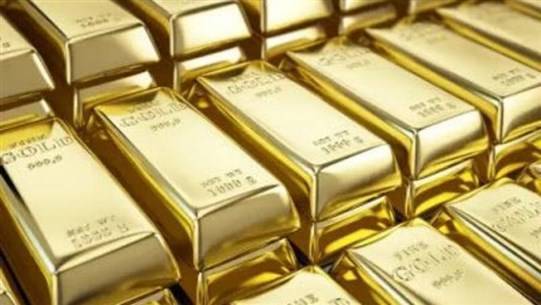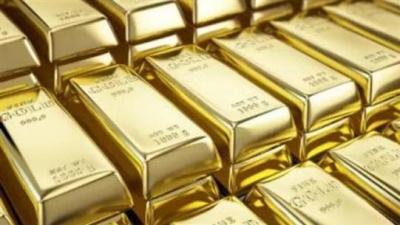Lebanon's white silver, which was "hidden" as pure yellow gold in the 1970s, cannot be utilized in its current dire situation. The reason lies not in the strict law No. 42 issued in 1986 that "completely prohibits the disposal of gold assets at the Banque du Liban." This law could indeed be modified through a legislative text issued by Parliament. The real issue, however, is the lack of trust in the political and financial management in the country, coupled with fears of losing this wealth, as more than $130 billion in deposits were lost before it.
The gold reserves, valued today at approximately $15.472 billion (9 million and 221 thousand ounces * $1,678), could have been a blessing had they been used wisely. It is relatively easy to pledge a portion of the gold or even lease it, securing significant cash amounts that Lebanon desperately needs to revive its economy without losing the asset. However, under current circumstances, this process would be fraught with risks, potentially turning into a curse for Lebanon and its citizens.
### Risky Pledging
One commonly recognized way to benefit from gold is to pledge it in exchange for cash through what are known as repurchase agreements and secured loans. In this case, the Banque du Liban, the gold holder, receives cash and takes on the responsibility of repurchasing the gold at a fixed price on a specified date. If Lebanon defaults on the repayment within the set deadlines, it loses the pledged quantity of gold and cannot retrieve it. This would essentially be akin to selling the gold, according to financial researcher and consultant Margarita Shami. The risks of default are exacerbated by the possibility of the Banque du Liban spending the cash on direct support for goods and services (such as wheat, salaries, medicines, fuel for electricity, and urgent state expenses) among many others.
### Leasing Gold
The second way to benefit from gold is through leasing it in global trading markets at a rental price known as the Gold Lease Rate (GLR). In this scenario, the gold could generate a maximum return estimated today by Shami at about "151 million dollars annually." However, there is also concern about the inability to use these returns to generate revenues and cover previous losses without a solid economic plan that ensures fair distribution and good management. This situation could deepen the crisis instead of resolving it.
### Questionable Reserves
Leasing gold would hinder its recognition as a strategic asset that could improve Lebanon's negotiating position with creditors. The International Monetary Fund includes existing reserves—whether as assets or hard cash—in its evaluation and verification processes. As these reserves diminish, so do the amounts Lebanon can access, as the guarantees simply decline. Consequently, Lebanese officials continually assert that the hard cash reserve stands at $30 billion. The latest to mention this figure was Deputy Prime Minister Saadeh Shami, who cited this number from the headquarters of the General Labor Union. However, the reserves may not necessarily consist of cash in the central bank's vaults but rather entries, meaning "not all the amounts being discussed are necessarily available in cash at the central bank, but sometimes in the form of investments in foreign debt securities," Shami notes. This can clearly be inferred from the central bank's 2018 balance sheet, which shows holdings of bonds worth over $2 billion.
It is possible, according to Shami, that the central bank has used mandatory investments in this process, especially since the latter is listed under liabilities and not assets. Thus, it appears in the reserves but may have been spent on various matters. It remains unknown whether the central bank has recovered the funds that matured last year, as there is currently no figure indicating its actual assets. Additionally, audits required from successive recovery plans have yet to be completed.
Given this reality, observers are confronted with two fundamental questions: the first concerns whether the central bank has managed to invest part of the gold over the past years in a dubious manner, and the second pertains to the losses incurred by the Banque du Liban due to receiving very low returns on its investments compared to what it paid to banks. In Shami's view, these losses should be recorded under liabilities, yet the central bank continues to record them as assets in its balance sheet. Although international working rules permit this under specific conditions, the Banque du Liban has been doing so for a prolonged duration.
### Will Gold Be Used Soon?
"As long as the central bank can continue printing lira and collecting dollars from the market to increase its hard cash reserves, the use of gold will remain postponed," Shami believes. However, if sources of foreign currency are completely lost over time and an agreement with the International Monetary Fund is not reached, the use of gold becomes likely.
While the monetary and banking law stipulates that gold and foreign currency assets must not be less than 30% of the total circulating money and short-term deposits at banks, it appears that the expansion of the monetary mass and the potential for further growth put this equation at risk—especially if the government plan entails expanding the money supply to cover deposits, which negatively impacts the secure coverage of the Lebanese currency.




